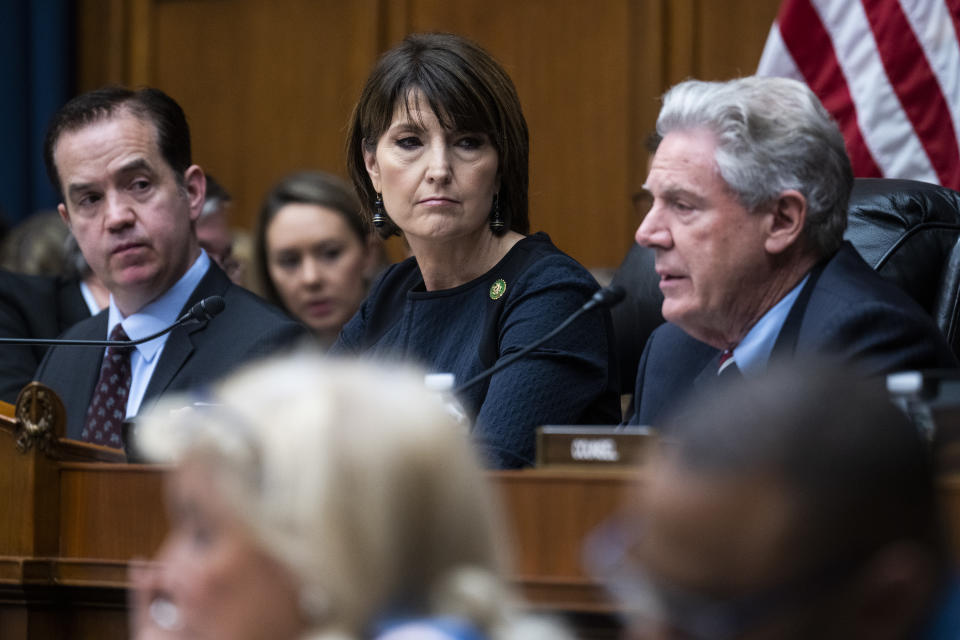Negotiating Privacy SLAs with Third-Party Vendors: A Critical Component of Data Protection

In today’s interconnected digital ecosystem, businesses increasingly rely on third-party vendors to enhance operational efficiency, leverage specialized expertise, and drive innovation. However, this dependency underscores the importance of negotiating robust Privacy Service Level Agreements (SLAs) to ensure the protection of sensitive data. Privacy SLAs serve as a crucial framework for delineating the responsibilities of third-party vendors concerning data privacy and security, thus safeguarding organizations against potential breaches and compliance issues.
As global data protection regulations become more stringent, businesses must be vigilant in their approach to data management, especially when engaging with external partners. The General Data Protection Regulation (GDPR) in the European Union and the California Consumer Privacy Act (CCPA) in the United States set high standards for data protection, underscoring the need for comprehensive privacy agreements. Failure to comply with these regulations can result in severe financial penalties and reputational damage.
When negotiating privacy SLAs, organizations should focus on several key elements to ensure a robust agreement:
- Data Classification: Clearly define what constitutes sensitive data and the levels of protection required. This classification helps establish the scope of the SLA and the specific data protection measures that need to be implemented.
- Access Controls: Specify who has access to the data and under what circumstances. Implementing strict access controls minimizes the risk of unauthorized data access and ensures that only authorized personnel can handle sensitive information.
- Data Encryption: Require encryption both in transit and at rest to protect data from interception and unauthorized access. This is particularly important when data is transmitted over the internet or stored on cloud-based platforms.
- Incident Response: Establish a clear protocol for responding to data breaches or security incidents. This includes defining roles and responsibilities, timelines for notification, and steps for mitigating the impact of a breach.
- Compliance with Regulations: Ensure that the vendor complies with all applicable data protection laws and regulations. This includes conducting regular audits and assessments to verify compliance and address any identified gaps.
The negotiation process should involve collaboration between legal, IT, and compliance teams to ensure that all aspects of data protection are addressed. Legal teams can provide insights into regulatory requirements, while IT teams can assess the technical capabilities of the vendor. Compliance teams, on the other hand, can ensure that the SLA aligns with internal policies and industry standards.
Additionally, organizations should consider the ongoing management of privacy SLAs. Regular reviews and updates are necessary to accommodate changes in technology, business processes, and regulatory environments. This proactive approach helps maintain the relevance and effectiveness of the SLA over time.
Furthermore, transparency and communication are vital components of a successful privacy SLA. Vendors should be required to provide regular reports on their data protection practices and any incidents that may have occurred. This transparency not only fosters trust but also enables organizations to make informed decisions about their vendor partnerships.
In conclusion, negotiating privacy SLAs with third-party vendors is an essential step in protecting sensitive data and ensuring compliance with global data protection regulations. By focusing on critical elements such as data classification, access controls, and incident response, organizations can strengthen their data privacy posture and mitigate the risks associated with third-party engagements. As the digital landscape continues to evolve, maintaining robust privacy agreements will be integral to safeguarding organizational data and maintaining stakeholder trust.















